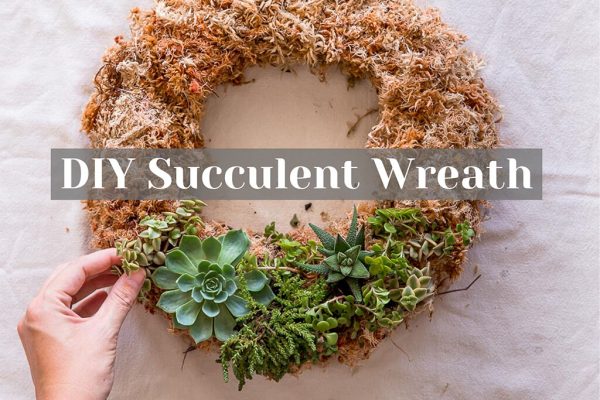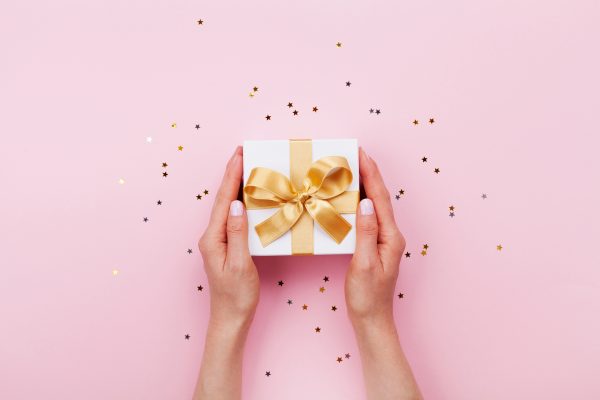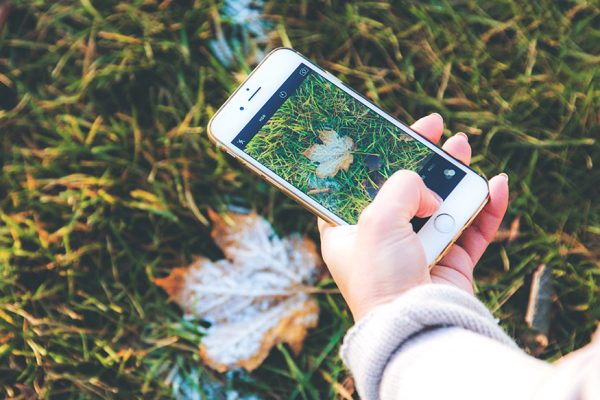Denmark, an extraordinary nation with a focus on nature and slow living.
And one that is commonly ranked the world’s happiest country, and according to Meik Wiking, CEO of the Happiness Research Institute in Copenhagen, the answer is hygge.
Hygge, pronounced ‘Hoo-gaa’ is not a new concept; it became hot topic last year when it was Oxford Dictionaries’ “word of the year”.
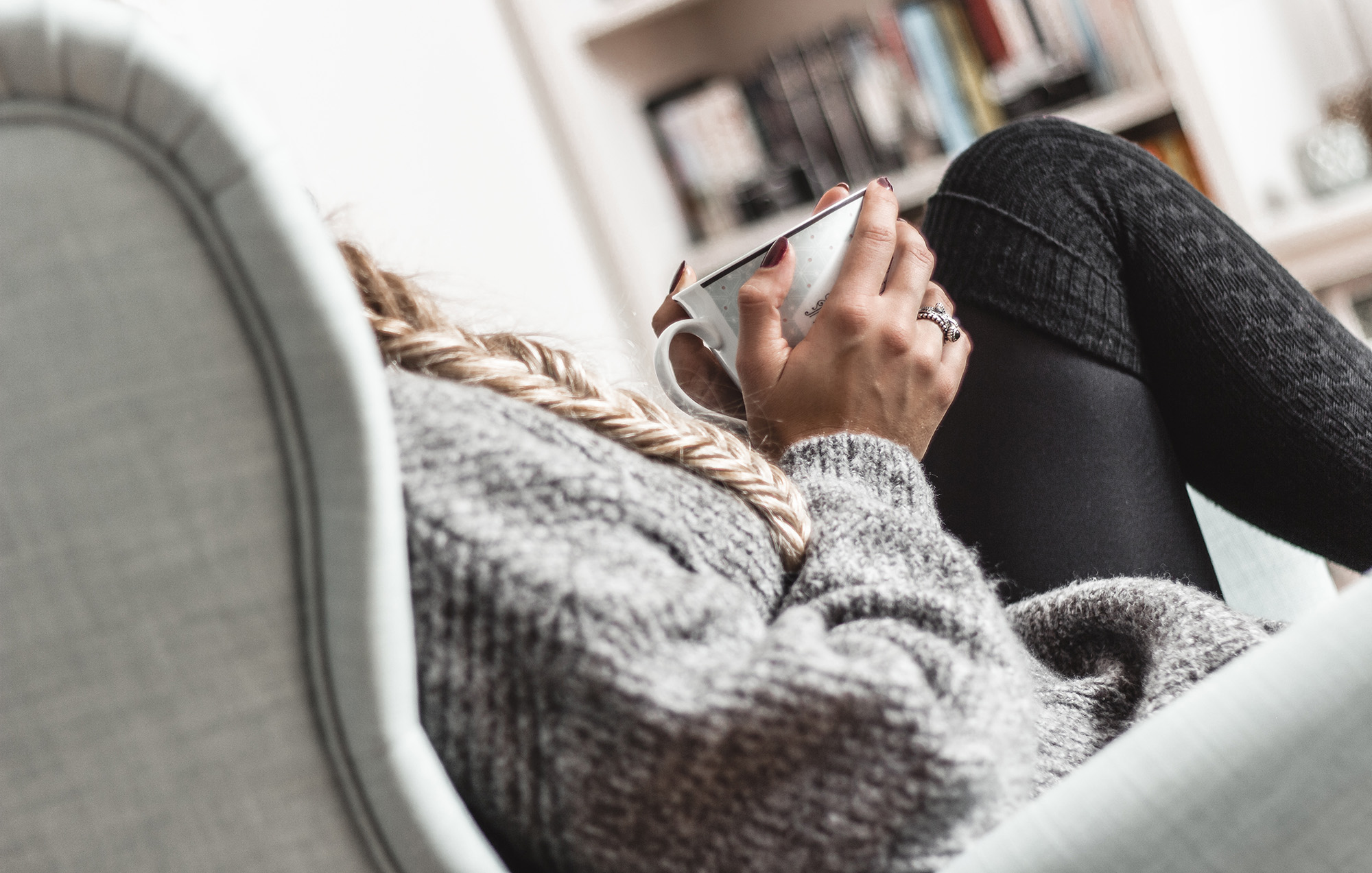
“A quality of cosiness and comfortable conviviality that engenders a feeling of contentment or well-being.”
The Danish concept gives the idea of cosy fur blankets by the fire, but the Australian version could be seen as more along the lines of good coffee outdoors with a friend. There are several main areas hygge can be incorporated, of which are listed below.
My take on hygge is simplicity, freedom and nature with good company. It can be what you want it to be – a feeling, an object or a place that brings comfort and contentment.
Food
If there’s one thing Australia does very well, it’s hearty food and great coffee. Food is a large part of community comfort and wholesome food is very hygge.
- Try grilling vegetables, haloumi & lemon on a BBQ
- Take time out to brew a cup of tea
- Make or purchase a coffee & sit down to appreciate it for 5 minutes
- Invite friends over to bake pizza or cake from scratch, try healthy Apple Pie
- Learn to bake bread, try sourdough
- Visit a farm & see how food is grown, if you’re in Sydney try Pocket City Farms
- Grow your own herb garden & share with your neighbour
Living Spaces
The key characteristics of hygge seem to be simplicity and nature, at home or in the office.
- Stick to a neutral colour scheme, think beige, cream, grey, pale green and white
- Material should be as natural as possible, even better use a wooden pallet as outdoor furniture with soft pillows (they are normally free at Bunnings)
- Buy flowers from the market to put in your home, bedroom or office to feel hygge, Lavender lasts at least a week
- If you’re willing to splash out, invest in a comfortable arm chair or ‘snug’ space to go & read or journal
- Invest in your outdoor space if you have one, try a hammock to lay outdoors
- Keep the bedroom tidy and simple, remove clutter and invest in soft bed sheets & pillows – try Bhumi
- Slow fashion is also hygge, invest in well-made clothes from natural fibre such as linen or organic cotton
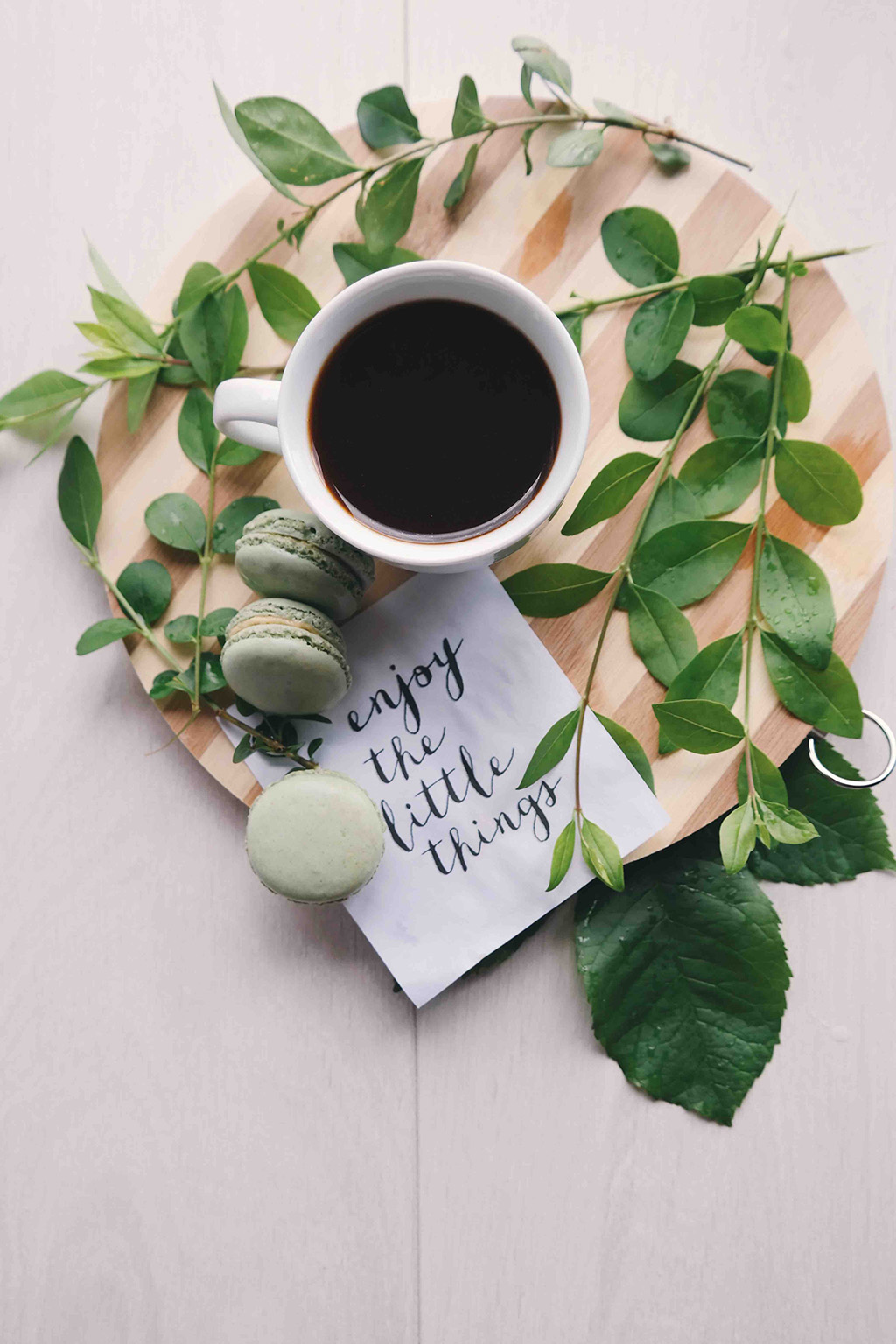
Socially conscious
The social aspect of hygge is very important; the feeling of comfort and content being with friends and family is priceless. The best way to incorporate hygge into social plans is to avoid anything flashy and just enjoy good company.
- Host an outdoor dinner at sunset (if you have an outdoor space), with everyone bringing their own dish
- Invite a friend over for a glass of wine on the sofa or a cup of tea
- Change the conversation, talk about real things not Instagram
- Bake with others
- Go on a wine tour with loved ones
- Organise a surf trip & sit by the fire on the beach (with care)
- Go to an outdoor movie night BYO blankets & pillows
- Have a beer on the beach at sunset with friends
Mentally friendly
Slow living is incredibly important for mental health and hygge is a good concept to incorporate into any lifestyle. There are the obvious ones such as yoga or walking outdoors, there are also others.
- Get in the water & swim
- Journal in a comfy spot daily
- Read before sleep in bed with lots of pillows
- Take a time out outdoors for 5 minutes
- Keep your diary & home organised
Image via Adobe Stock
Photo by Brigitte Tohm on Unsplash
